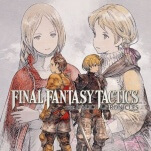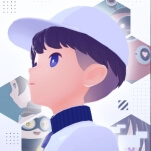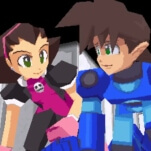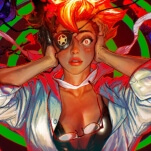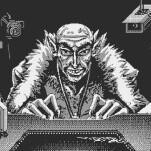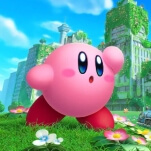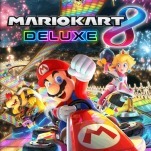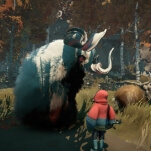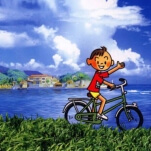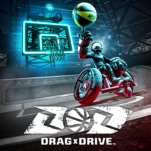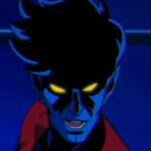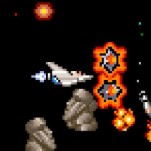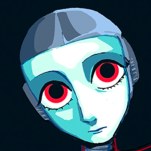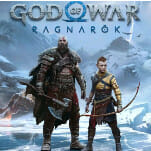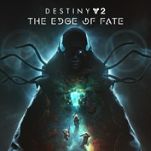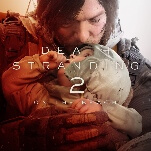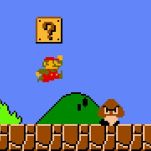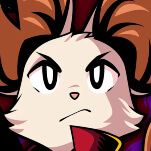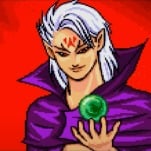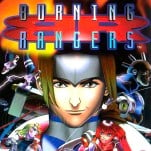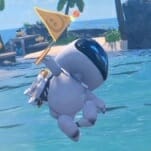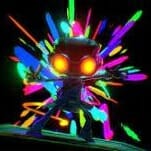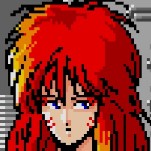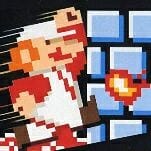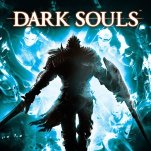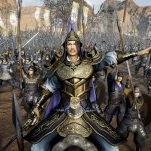Hey, Konami, Rerelease These Games, Already!
Some of Konami’s best games aren’t available in the West, and that needs to be fixed
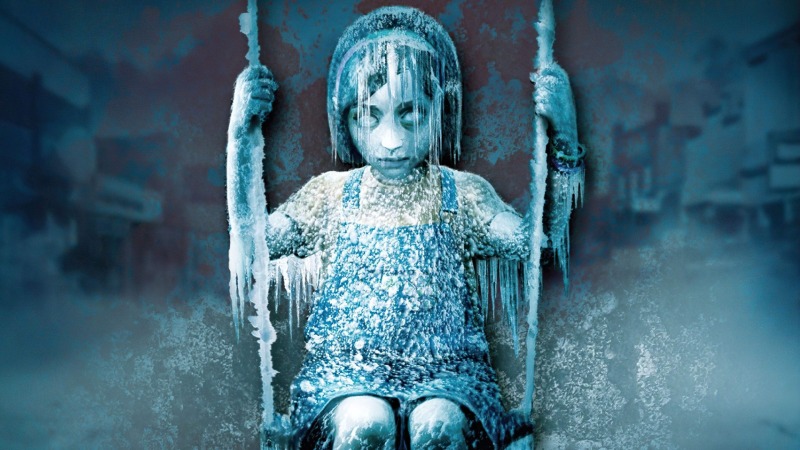
Despite how it often feels, Konami has done a pretty decent job of bringing some of their old games into the present. Not a great job, maybe not even a good one, but they’ve done better than plenty of others out there. You can mostly thank the existence of Hamster’s Arcade Archives series for that, however: there are nearly 60 Konami games on that service, including the most recent add as of this writing, 1983’s Juno First. You’ve got Time Pilot ‘84 and Orius and Thunder Cross-es and the previously Japan-only version of Life Force (not to be confused with the North American Life Force—it’s a whole thing). You’ve even got Mr. Goemon, the initial entry in that series, and far, far more.
Console rereleases have been more of a mixed bag. Plenty of Castlevanias, sure. Metal Gear Solid games are too big for even Konami to be absent minded about. The existence of Eiyuden Chronicle seemed to remind them that Suikoden exists. Konami is so much more than just their biggest series, however, so let’s look at a whole bunch of other classics they should get to rereleasing in the present.
Policenauts
System: PC-98, 3DO, Playstation, Saturn
Original release: 1994
Before Metal Gear Solid made Hideo Kojima a household name in the stealth-action and Nostradamus departments, he was making point-and-click adventure titles on Japanese personal computers. First came Snatcher—rerelease that absolute gem while you’re at it, Konami—and then Policenauts. If part of Metal Gear Solid’s overarching message is how much we should fear nuclear weapons and the people who wield them, then Policenauts is Kojima telling us all about how much we should not want to go to space. Did you know the radiation out there is going to cook your organs? Do you know what kind of illegal organ-based activities are going to go down when that happens? Policenauts does.
Sure, you play a total creep whose design and storyline is not even a little bit subtle about cribbing from Lethal Weapon’s Martin Riggs, but it’s still a good game despite any of that. You don’t have to like a protagonist to see their story play out in front of you. William Friedkin probably would have said as much about Policenauts if anyone had thought to ask him. And, “A car chase, in space? Fucking inspiring,” as well.
Anyway. Konami probably won’t rerelease Policenauts, which has never been translated into English officially. But that’s what unofficial translations are for, and Policenauts has ‘em.
Tokimeki Memorial
System: PC Engine CD-ROM², Playstation, Super Famicom, Saturn, Game Boy Color, mobile, Playstation Portable, Nintendo Switch
Original release: 1994
All those rereleases and ports of Tokimeki Memorial—a foundational dating sim and game just in general for its systems that it popularized—and not a one of them has been outside of Japan. Even the forthcoming 2025 release on the Switch is slated for just Japan after all this time and all of the begging. Like with Policenauts, at least the unofficial translators have got you covered.
Still, though, for a game as important as Tokimeki Memorial, that’s endured for as long as it has, the fact that it remains a Japan-exclusive over three decades later is dispiriting. It was, at a time, obscure enough overseas to be listed in Hardcore Gaming 101’s Japanese Video Game Obscurities, but it is certainly not obscure in Japan. Will Konami finally give it an English-language release this round? One can hope.
Crisis Force
System: Famicom
Original release: 1991
Konami’s arcade shoot ‘em ups might be all over Arcade Archives, but some of their old-school STGs were console releases, and have been left in the past, forgotten. Crisis Force is one such title: it pushed the Famicom basically to its limits, utilizing the same custom mapping chip as the Famicom port of Gradius II that allowed it to get anywhere close to what the 16-bit arcade release had managed, and even included effects like parallax scrolling. It’s not their best shooter, by any means, but it’s still impressive to see what they managed on the aging hardware, and Konami has also never rereleased it anywhere since.
Axelay
System: SNES
Original release: 1992
Konami has actually been pretty good about rereleasing Axelay, historically speaking. With no Virtual Console to pop it onto in this era, however, it’s been left behind once more. Developed by a team at Konami composed largely of future Treasure developers, Axelay took the alternating horizontal/vertical level design of Salamander/Life Force and ramped it up for the 16-bit SNES. Which, uh, couldn’t quite handle what Konami wanted it to here, but even with the performance issues, Axelay is undeniably a classic.
Silent Hill: Shattered Memories
System: Wii, Playstation Portable, Playstation 2
Original release: 2009
Shattered Memories was the original Silent Hill but not Silent Hill, which was the point. One missed (or just not enjoyed, that’s allowed) by plenty, but others got a whole lot out of it. This reimagining removed combat but ramped up the monsters you had to run from—because running is what you had to do a lot of given you couldn’t fight back—and tied what you’d see in these sequences to questions answered in a first-person therapy session. Sam Barlow of Her Story and Immortality fame was the writer and designer on the game, which is the kind of thing you’d think would be capitalized on now in the present given the acclaim for those titles, but… Konami. While made available on the Playstation Network in Europe back in 2014, there’s been no such luck in North America. With Silent Hill seeing a recent resurgence, it’s time to change that.
-

-

-

-

-

-

-

-

-

-

-

-

-

-

-

-

-

-

-

-

-

-

-

-

-

-

-

-

-

-

-

-

-

-

-

-

-

-

-

-



